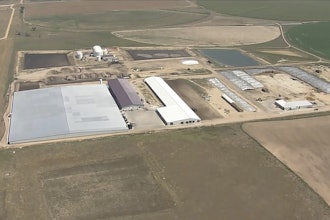Last week, Apple started rolling out iOS 12, the latest version of its mobile operating system, to owners of compatible devices. As can be expected when hundreds of millions of users are trying to download and install a new software, the rollout will probably be accompanied by some growing pains, e.g. users complaining about slow servers, bugs or allegedly bricked devices.
While Apple would certainly prefer for its users not to have any complaints, the usual backlash after a new iOS version is released shows that its users are actually updating their devices, which is something that sets Apple’s mobile ecosystem apart from Android. Whoever purchases a new iPhone can count on his device getting new software for at least a couple of years. Android users on the other hand are often stuck with the version that comes pre-installed with their device, as many manufacturers don’t bother rolling out Android updates to their users.
As the following chart illustrates, 95 percent of iOS devices currently run some version of iOS 11 (originally released in September 2017) or iOS 10 (September 2016). Last year's Android version Oreo on the other hand is installed on less than 15 percent of all active devices, while more than half of all Android devices run on a system released in October 2015 or earlier. As a consequence, iOS app developers find a rather unified playing field while Android developers have to work with a deeply fragmented system.
What Sets iOS Apart From Android
This chart shows which versions of iOS / Android users of the respective platforms are currently using.
Sep 25, 2018
Latest in Quality Control























